While Land of the Bible offers Christian unearths beauty in a broken land, it also sidesteps the obvious political tensions in the Holy Land today. Viewers should be aware this is as much a promotion for tourism to Israel as it is an insight into biblical archaeology, says Chris Sinkinson
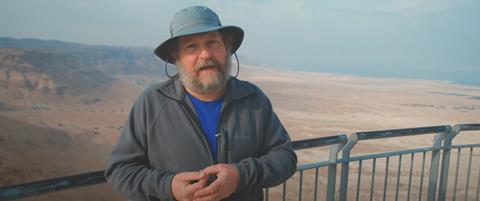
The last two years in the Holy Land — Israel and West Bank — have been depressing in so many ways. The massacres of October 7th, warfare in Gaza, and continuing hostilities have, rightly, dominated the news.
As we pray for the fate of Israeli hostages and families in Gaza, it might seem that watching a series of promotional films from Israel’s tourism board is rather indulgent. But these are well produced films and include recent discoveries in archaeology that might help you plan a future trip.
I was able to view the first four episodes of what intends to be a 52 part series showcasing Israel’s latest tourist attractions. If you have not been in the Holy Land since 2020 many of these sites will be new to you. The filming is high quality, featuring beautiful drone footage and interviews with tour guides who give clear explanations.
The first episode focuses on discoveries at the City of David. This is the ridge of rock, called the Ophel, which leads south from the Temple Mount. It has always been an essential spot for tours as it includes the water tunnel associated with King Hezekiah. Walking a third of a mile through the bedrock, in pitch darkness, with water above the ankles is an unforgettable experience. This new film shows how recent archaeological excavations have expanded enormously on what can be seen.
The excavation of the Pool of Siloam from the time of Jesus is still in its early stages. As more is exposed it will certainly be a tourist attraction with a wow factor – the size of two Olympic swimming pools. From here the film follows the “Pilgrim’s Road”, another relatively recent discovery of a stepped roadway leading all the way from the Pool of Siloam to the Temple Mount.
This episode also spends time at the Temple Mount Excavation project. Initially established to sift the dumped earth from around the area of the Al Aqsa Mosque, the project is now sifting the soil that has been excavated from the City of David. Oil lamps, coins and pottery are all being recovered and the project allows interested visitors to take part and be archaeologists for a day.
Further episodes cover tunnels beneath the Western Wall of the Temple Mount, along with Hebron, Shiloh and Jaffa. It isn’t just archaeological sites, but zip wire, segway and off-road experiences are all showcased. Watching them, you quickly realise these films are not solely documentaries about impressive achaeological finds, but promotional films designed to encourage tourism to Israel.
Important omissions
The explanations are more focused on tour guides than archaeologists. Space isn’t given to problems in interpreting the evidence or controversy over methods. For example, tunnelling is generally frowned upon in contemporary archaeology. However, the lengths that the Israeli archaeological teams have gone to stabilise the tunnels are very impressive and go some way to address those concerns. The explanations in the film are accurate, based on reliable scholarship, but don’t provide any alternative perspectives.
The elephant in the room, both for scholarship and for tourism, are the on-going political tensions. The films focus on archaeology in the contemporary state of Israel but include more controversial locations such as Hebron, Shiloh and Erfat which are situated in the West Bank. Any tourist would want to think very carefully about planning a trip to those sites.
Watching them, you quickly realise these films are not documentaries but promotional material to encourage tourism to return to Israel.
There is an acknowledgement of Christian and Islamic history but the focus is very much on the origins and presence of Judaism in the land. This leads to a perspective that offers little space for understanding the present crisis. Indeed, the reference to modern Jewish settlements in Hebron and Erfat as possible tourist destinations is made without acknowledging their location in what is called West Bank. A naïve visitor could plan a trip without realising that they will be encountering significant military checkpoints along the way - or that most of the world considers these settlements to be illegally built on Palestinian land.
Israel is a modern state with a troubled history and a fragile present. In this brief review of these tourism films it isn’t possible to engage with those issues. When peace returns there are many reliable travel companies that will offer the opportunity to visit and I recommend you do. It is a beautiful country, a welcoming people (Jew and Arab), delightful climate and an archaeological record that brings the Bible to life.
But it is obviously a wounded nation with a complex and changing political context. There is trauma on all sides. To get a glimpse of some of the fun and informative things you can do on a trip to the Holy Land, these films are helpful. But you will want to do a lot more reading and wider research to understand the archaeology and history of this troubled land.


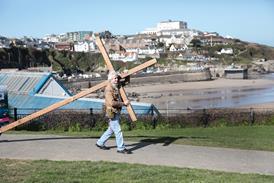





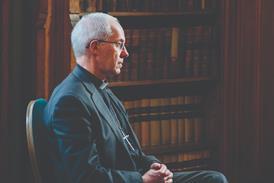

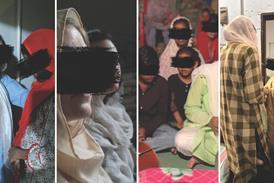



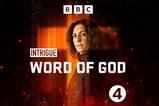






















No comments yet